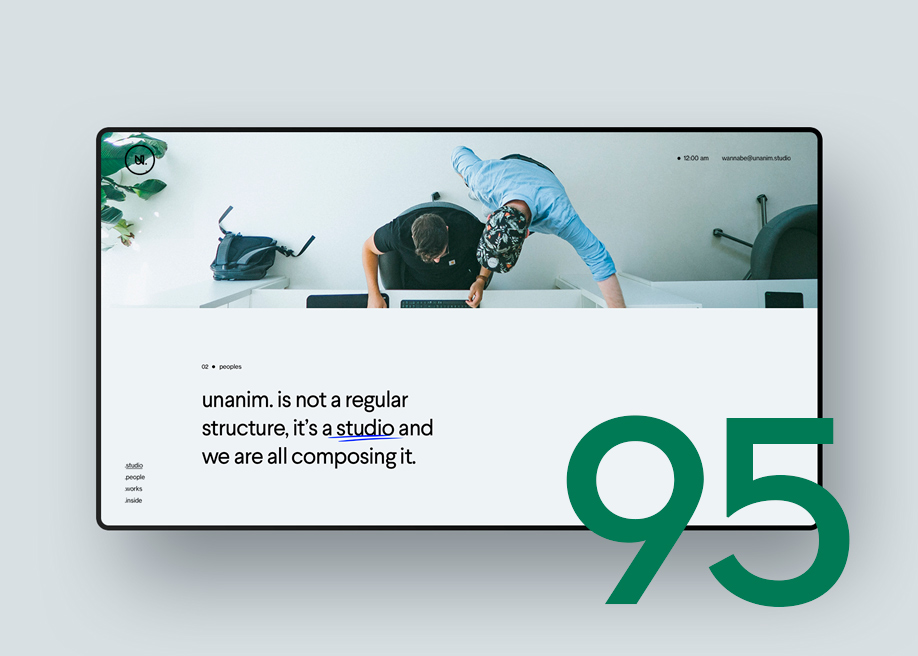Mastering Internet Layout: Key Principles for a User-Friendly Internet Site
In the world of internet style, the focus on individual experience has actually become critical, shaping how sites are built and regarded. As we discover these fundamental aspects, it comes to be noticeable that the choices made throughout the design procedure can have long lasting effects on a website's performance and individual loyalty.

Value of User Experience
In the realm of internet style, the importance of customer experience (UX) can not be overemphasized. UX encompasses the overall contentment an individual stems from interacting with a website, substantially influencing their assumption of a brand and their likelihood of returning. web design klerksdorp. A properly designed UX helps with smooth navigation, cultivates user involvement, and ultimately drives conversions
Recognizing individuals' demands and habits is paramount in developing an effective UX. This entails leveraging research study approaches such as individual personas, journey mapping, and use testing to obtain understandings into individual choices. By tailoring style components to meet these requirements, developers can enhance use and create a much more instinctive interaction.
Additionally, a favorable UX contributes to the web site's reliability and dependability. Customers are most likely to engage with a site that is cosmetically pleasing and easy to navigate, which consequently boosts brand name loyalty. On the other hand, an inadequate UX can lead to high bounce rates and an unfavorable assumption of the brand name.
Intuitive Navigation Style
A reliable navigating design is vital for leading users with a web site, guaranteeing they can locate the information they need swiftly and successfully. Instinctive navigating enhances individual experience by enabling smooth communication with web content, causing increased engagement and fulfillment.
To attain intuitive navigation, it is important to develop a clear pecking order. This includes arranging material into rational groups and subcategories, permitting customers to recognize the structure at a look. Detailed tags for food selection things are crucial; they should be simple and agent of the material they bring about, decreasing obscurity.
Uniformity is one more essential principle. Customers must come across familiar navigating aspects throughout the site, such as the placement of buttons and food selections. This uniformity assists reinforce customer assumptions and decreases cognitive lots.
Additionally, integrating search functionality can dramatically improve navigation, particularly for content-heavy web sites. This function empowers individuals to locate details details rapidly without needing to browse through numerous pages.
Last but not least, functionality screening can supply vital insights into just how real individuals interact with navigating elements, providing possibilities for improvement. Altogether, a well-designed navigation system is fundamental to an easy to use internet site, promoting effectiveness and boosting overall individual fulfillment.
Receptive Website Design
Receptive internet style is significantly important in today's electronic landscape, as it ensures that web sites give optimal checking out experiences throughout a variety of devices, from desktop to smartphones. This technique enables a single internet site to adapt its format and web content to fit different display sizes and resolutions, improving use and ease of access.
At the core of receptive design is fluid grid designs, which make use of relative devices like portions rather than fixed pixels. This versatility permits components to resize proportionally, maintaining visual consistency and functionality. Additionally, media inquiries play a vital role by applying certain CSS designs based on tool features, such as display width or positioning.
Integrating responsive media his response and flexible images is also essential; these elements should scale properly to stop distortion and make sure a seamless experience across tools. In addition, touch-friendly layout considerations are critical, particularly for mobile users, as they usually browse with touch gestures instead of clicks.
Consistent Aesthetic Aspects
Constant aesthetic aspects are important for establishing a natural brand identification and improving user experience throughout electronic platforms. These elements consist of color pattern, typography, images, and design designs, which collectively develop a merged aesthetic that individuals can easily acknowledge and relate to. A distinct color scheme not only strengthens brand name recognition yet also stimulates specific feelings, directing customers through the internet site efficiently.
Typography plays a significant function in readability and total visual allure. Using a restricted variety of fonts and maintaining constant sizes and weights makes sure a harmonious flow of info. Images needs to additionally align with brand values and messaging; top notch photos that fit the total design will certainly enhance the site's beauty and professionalism.
Customers must feel comfy and oriented as they check out various areas of the internet site. Eventually, a well-designed internet site, defined by cohesive aesthetic aspects, reflects professionalism and builds trust fund with individuals, creating a positive first perception and encouraging return visits.
Accessibility Factors To Consider
Guaranteeing accessibility in internet design is a basic element that enhances consistent aesthetic elements, permitting all users, despite their abilities, to connect and navigate with electronic content successfully. Accessibility factors to consider are essential for developing inclusive internet sites that satisfy the varied requirements of customers, including those with handicaps.
To start with, using semantic HTML is vital, as it helps display readers analyze the structure and web content of a page properly. Alt text for images boosts comprehension for aesthetically impaired Continued individuals, while captioning video clip content makes sure that those with hearing disabilities can engage with the product.
Moreover, shade contrast must be thoroughly reviewed to assist customers with visual problems. Guaranteeing that text is understandable against its history improves readability. Additionally, key-board navigability is essential; all interactive components ought to come without a mouse, accommodating customers with movement obstacles.
Final Thought
In verdict, understanding internet layout demands a comprehensive understanding of customer experience principles. Focusing on these aspects not just enhances customer interaction and fulfillment however additionally promotes brand name loyalty.

In conclusion, grasping internet layout necessitates an extensive understanding of customer experience principles.